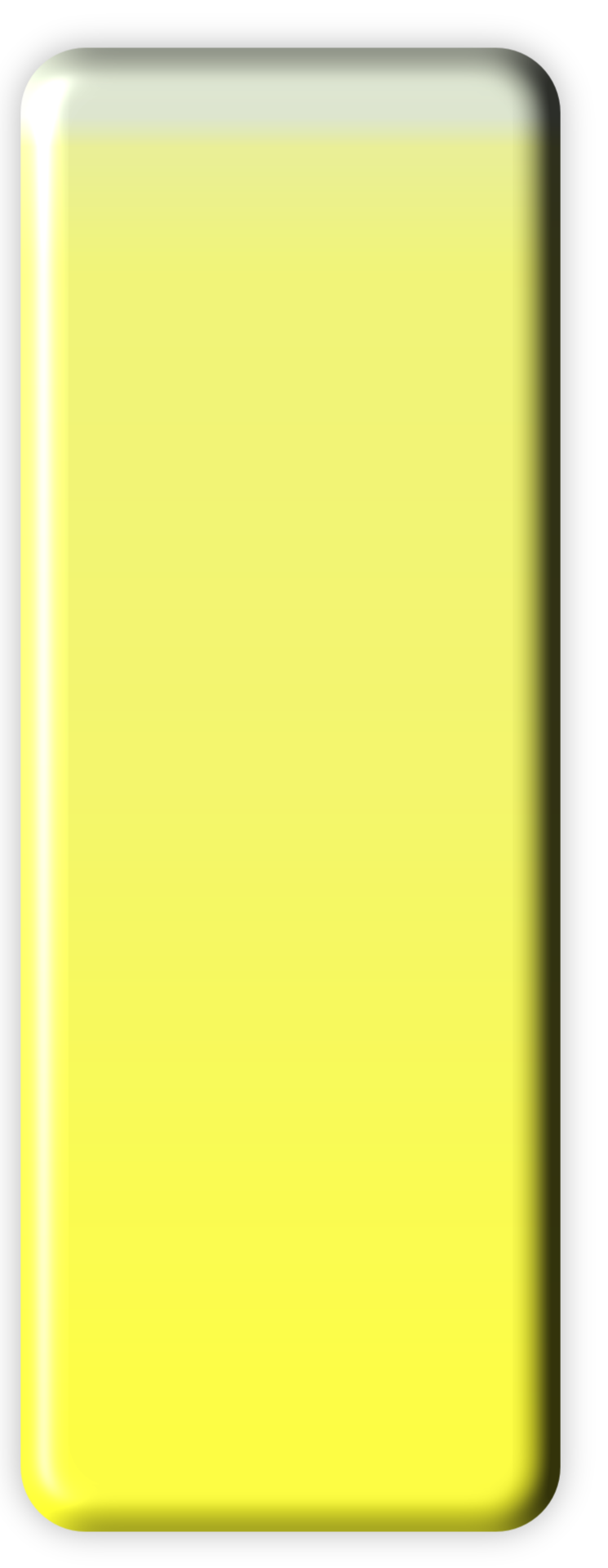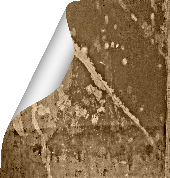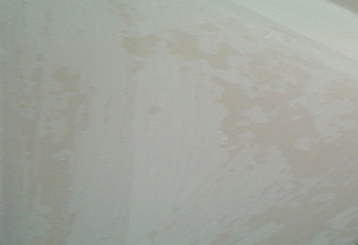



























Description
A lack of adhesion between dried decorative paint films resulting in the top paint layer cracking and peeling away.
Causes
Insufficient surface preparation caused the paint to flake away as shown in the pictured below. Previously painted surfaces must be toughly sanded down and degreased prior to the application of any paints, failure to do so will inevitability lead to a failure of mechanical adhesion between paint layers.
Particular care should be taken when applying a quick dry waterborne paint over a traditional oil or alkyd paint as the likelihood of adhesion failure is greater especially if there is insufficient surface preparation. Wax, grease and oil residues can also have an impact paint film adhesion.
How to Rectify and Proceed
Safety Note. When preparing any painted pre-
Scrape off and remove all loose and the defective paint film flaking paint back to a firm edge using a sharp edged tool, ruinously sand the original surface to provide a key by flatten off any gloss sheen or polished surface. There is no need to remove the topcoat entirely unless when preparing it you discover it too has failed to adhere properly to its own under layer.
Once all the loose and defective flaking material has been removed from the surface through scraping and sanding and a stable hard edge achieved, the surface should be washed down using a decorative cleaning agent such as Zinsser Universal Degreaser Cleaner or Sugar Soap to remove any wax or oily residues that may still impact paint adhesion.
Once the preparation process has been completed the surface will be ready for painting. I would recommend applying a traditional oil undercoat over problematic surfaces with flaking tendencies as the dried paint film is thicker than waterborne paint films and it will form a good, solid foundation for all future paint layers. A quick dry waterborne paints system can then be applied over the oil undercoat.
